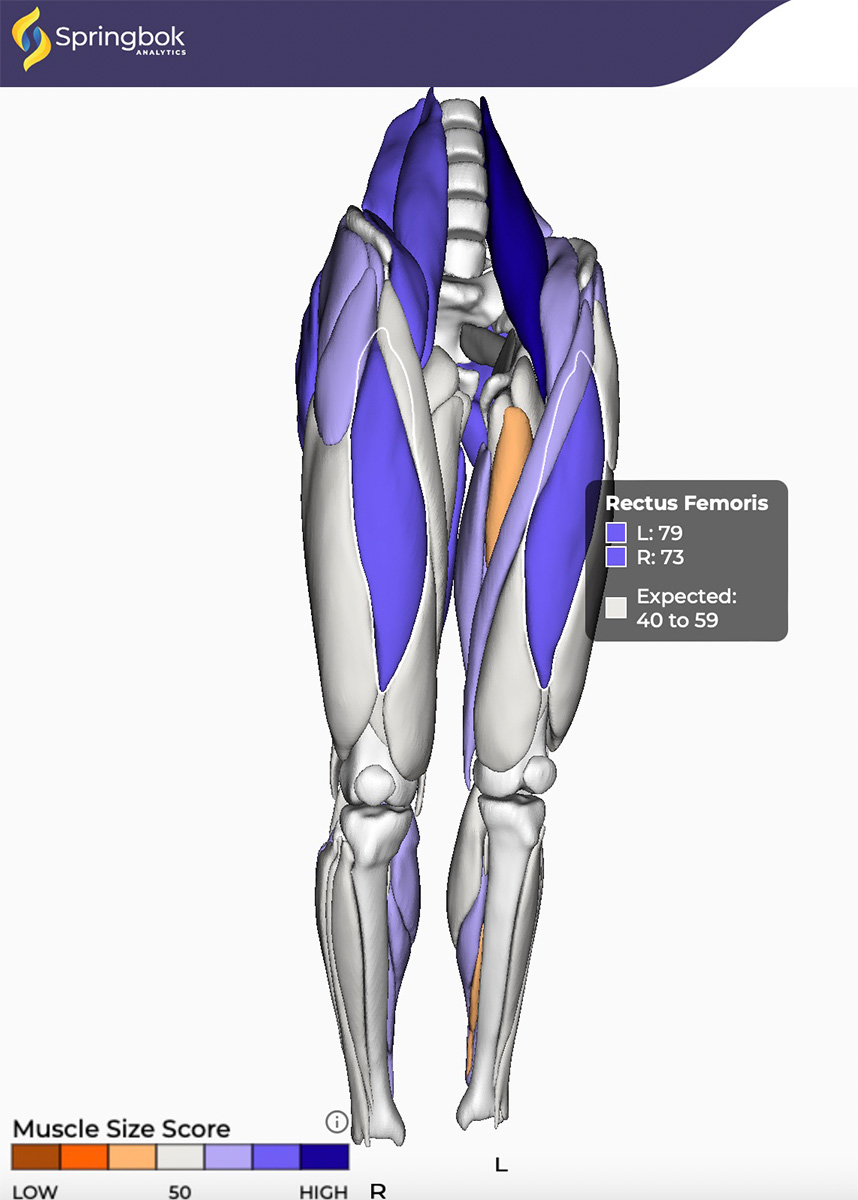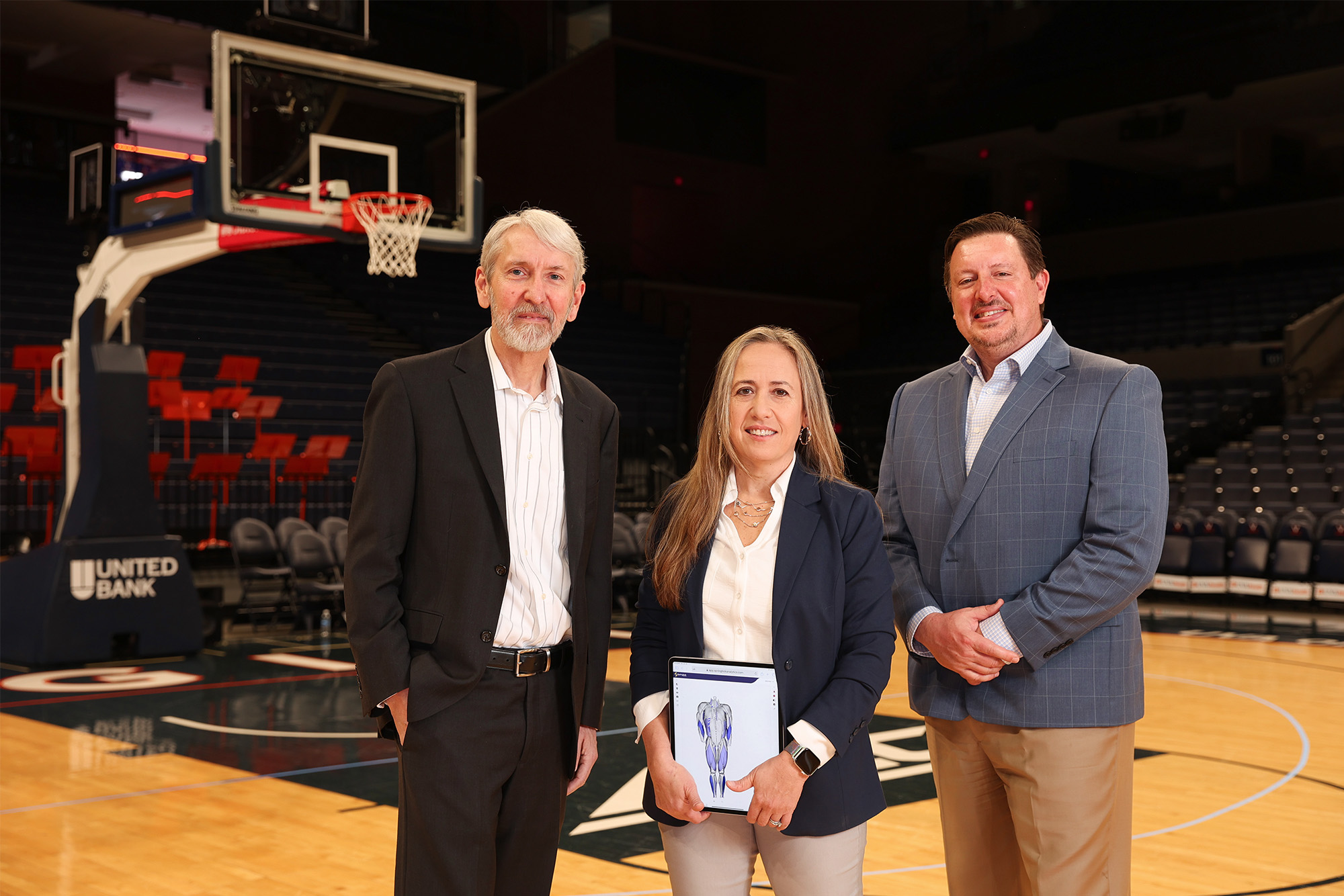What if a doctor could look at images of LeBron James’ legs and detect a weakened muscle that might make him more susceptible to an injury? Having that knowledge could allow James to strengthen the area, avoid missing games and perhaps give the future NBA Hall of Famer a chance to play into his mid-40s.
Imagine if Los Angeles Dodgers’ team doctors had access to a more detailed image of Shohei Ohtani’s elbow before he hurt it late in the 2023 season. Could Ohtani have won 20 games as a pitcher in 2024 on top of his historic 50-homer, 50-stolen-base season?
New technology from Charlottesville-based Springbok brings these scenarios into the realm of possibility. University of Virginia School of Engineering professor Silvia Blemker and School of Medicine professor Craig Meyer, along with former UVA School of Education kinesiology professor Joe Hart, who is now the orthopedics vice chair for research at the University of North Carolina, founded the company.
For many years, the gold standard for detecting athletic injuries was magnetic resonance imaging, or MRI, but Springbok is changing the game with MuscleView, an artificial intelligence-based muscle health analysis of MRI images that received U.S. Food and Drug Administration clearance in October.

Springbok’s patented algorithm turns black-and-white MRIs into color-coded 3-D renderings. Smaller-than-average muscles are colored orange, average-sized muscles appear in gray and muscles that are larger than average are purple. (Contributed image)
“Our technology provides important information about asymmetries, imbalances and areas of weakness that are used by clinicians to tailor training to meditate possible injury,” Blemker said. “Then, in terms of recovering from injury, the tech is used to help personalize and target training for more efficient and effective recovery and return to sport.”
Currently, players in the NBA, NFL, MLB and Premier League are using Springbok’s proprietary technology, patented through UVA Licensing & Ventures Group.
Springbok’s technology is also helping people with facioscapulohumeral muscular dystrophy, making Blemker, Meyer and Hart a slam-dunk for UVA’s Edlich-Henderson Innovator of the Year award.
“Springbok is a shining example of what can happen when a group of extremely smart people from various departments across Grounds get in a room together,” Richard W. Chylla, UVA Licensing & Ventures executive director, said. “And the list of long-term applications for the technology is endless. It isn’t just for athletes.”
Springbok turns black-and-white MRIs into color-coded, 3-D renderings that measure and compare muscles to one another at a level of precision unavailable elsewhere.
Chief Executive Officer and co-founder Scott Magargee, Chief Technology Officer Xue Feng, Savannah Benusa, Lara Riem, Matt Brown and several UVA alumni lead Springbok’s team.
Springbok’s breakthrough came when Feng developed an algorithm using artificial intelligence and machine learning to reduce the time to process each MRI scan from about 50 hours to one hour.










